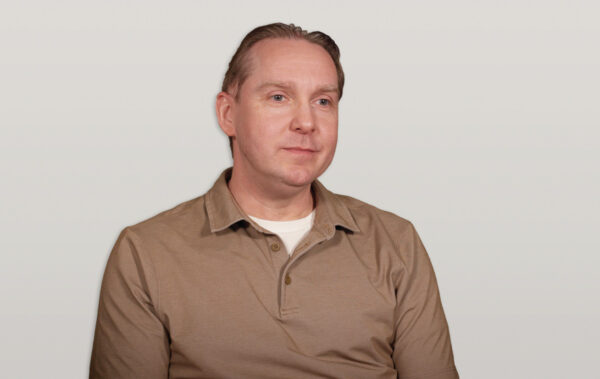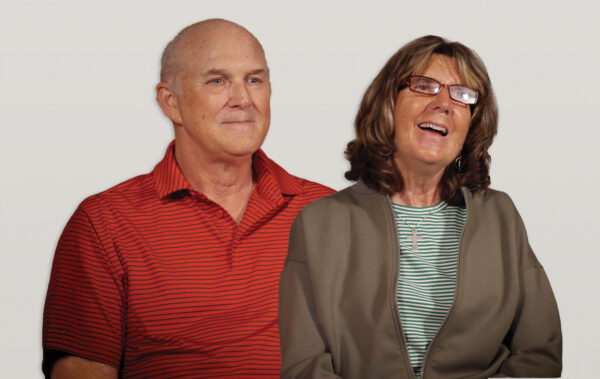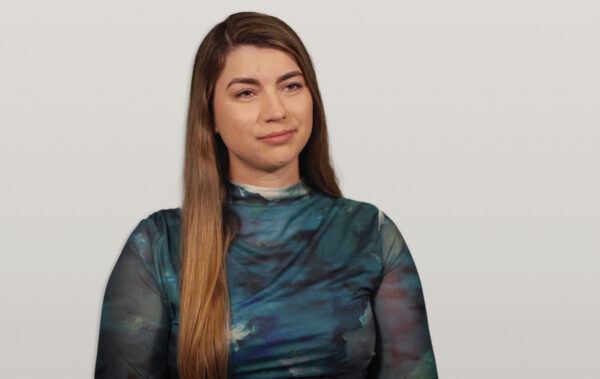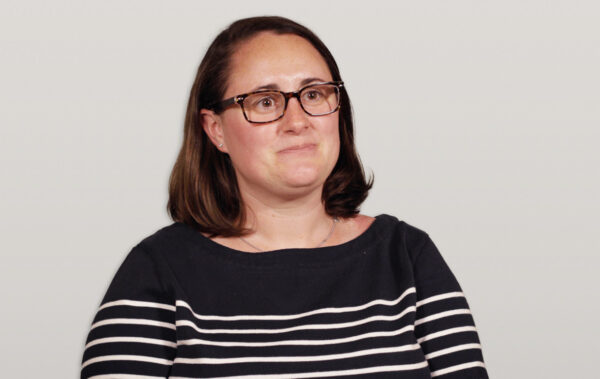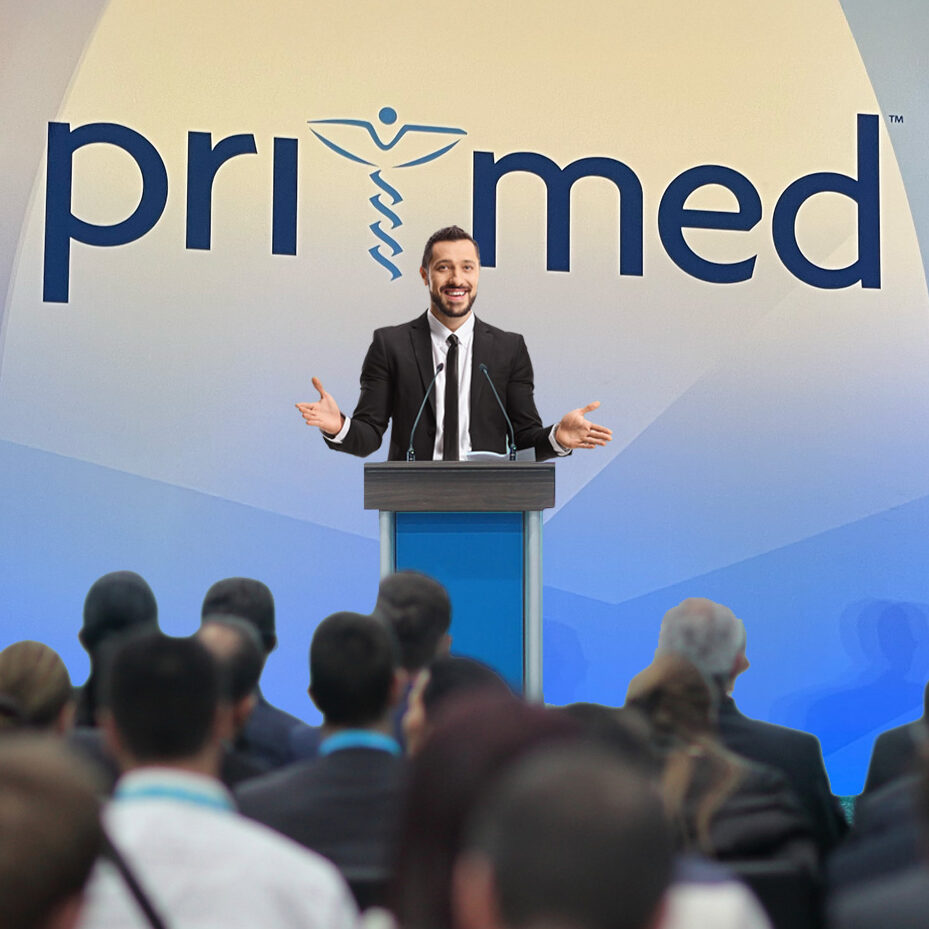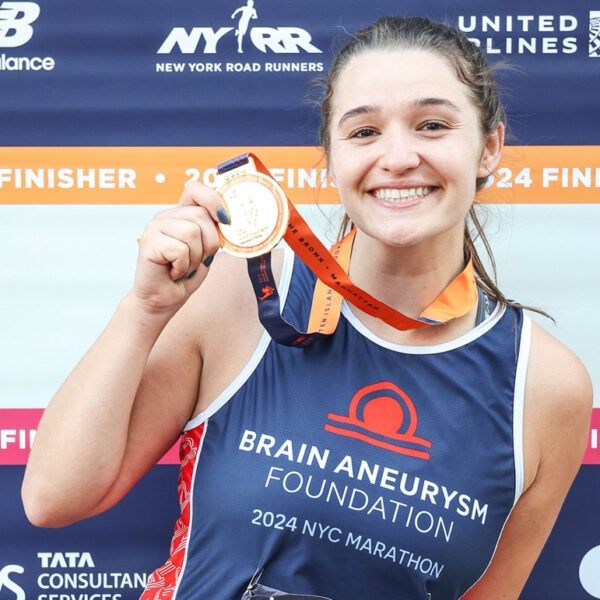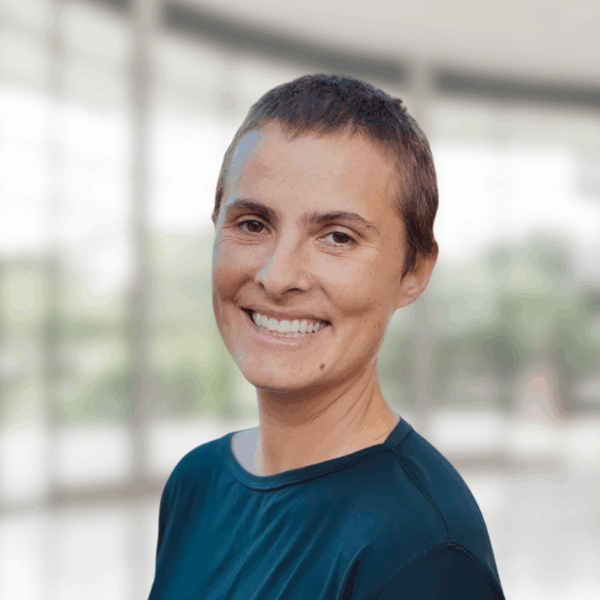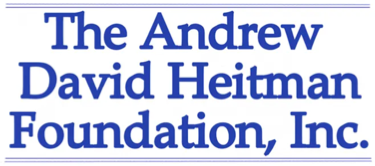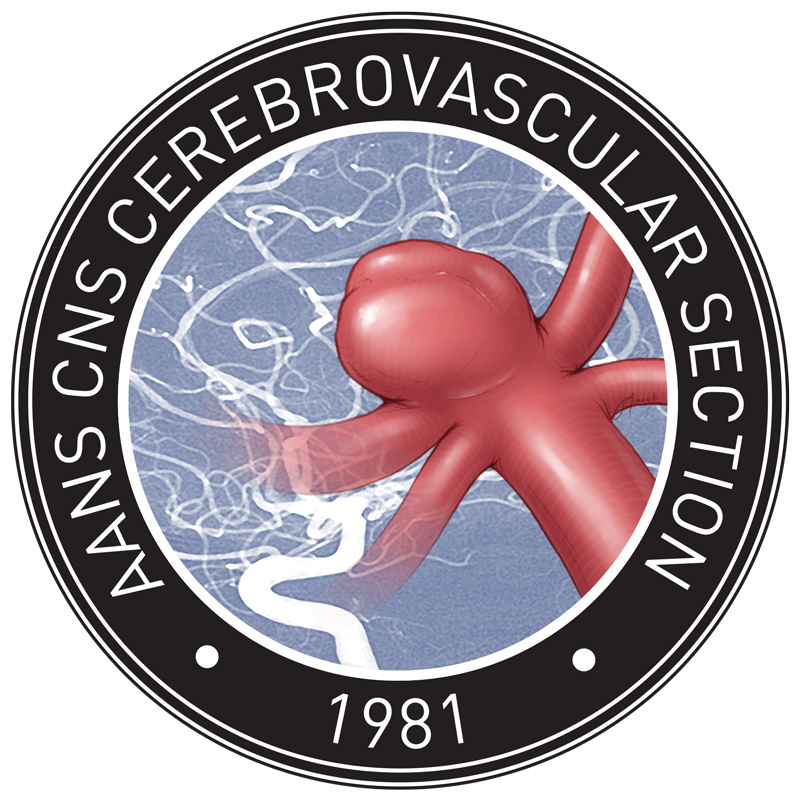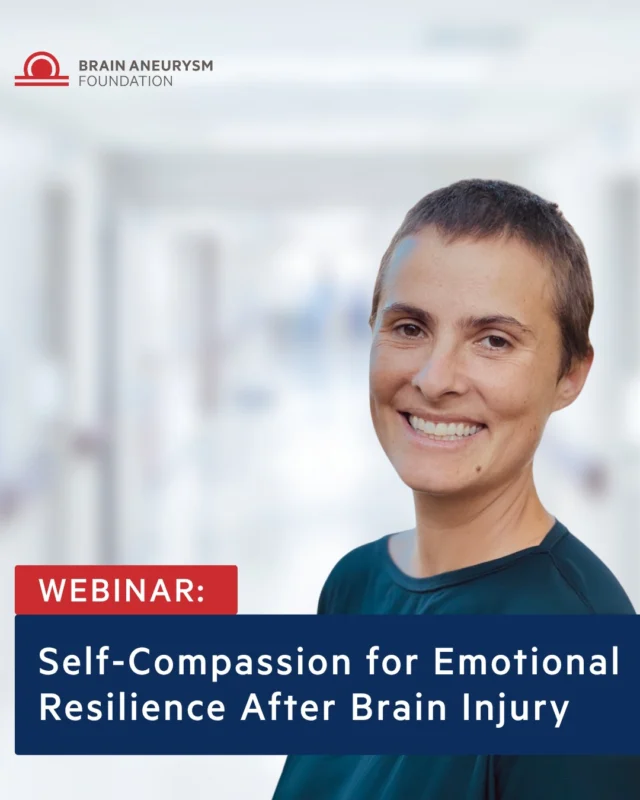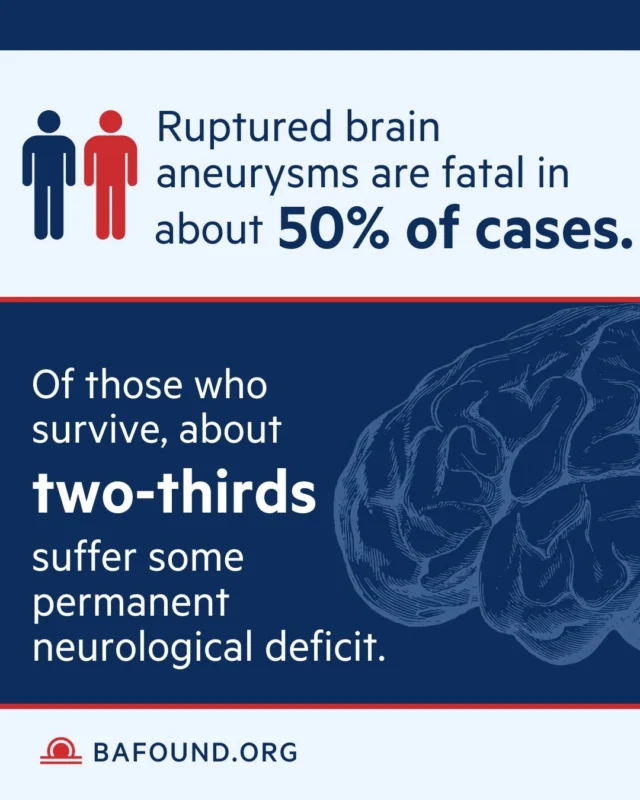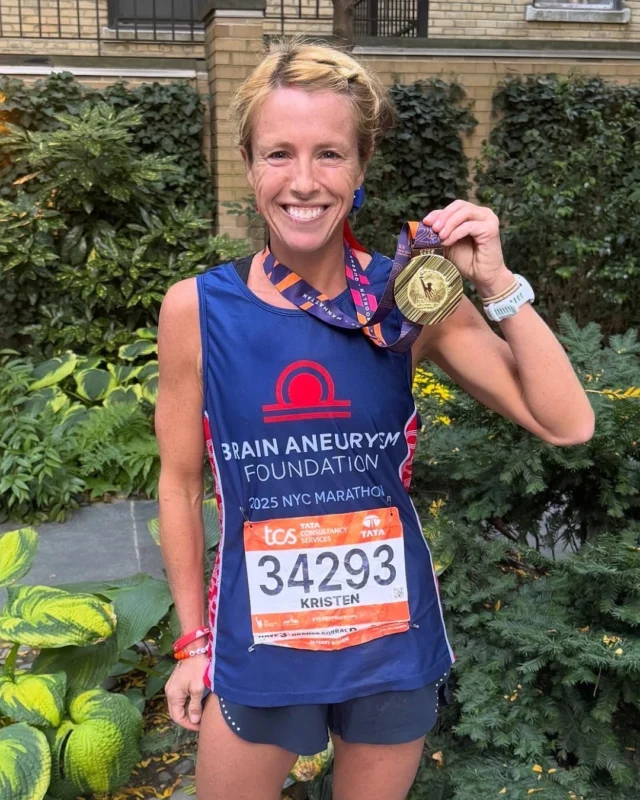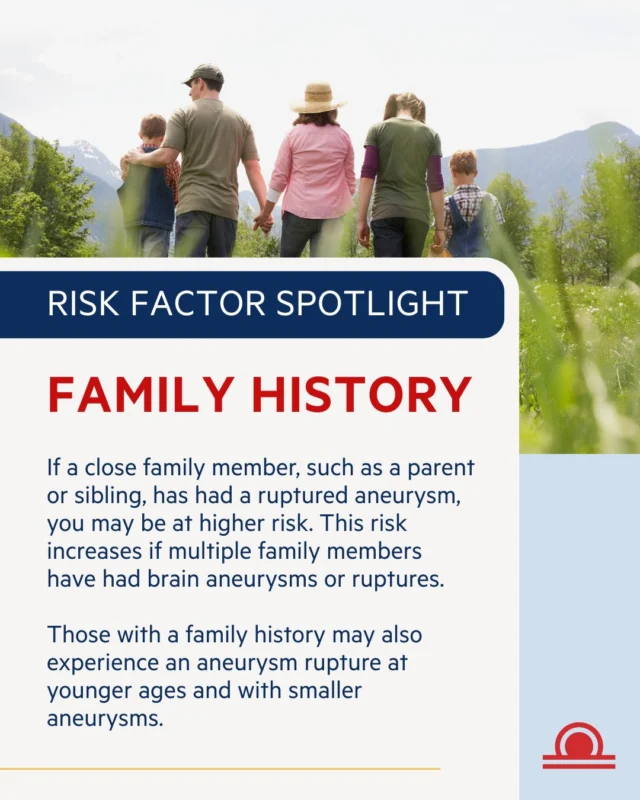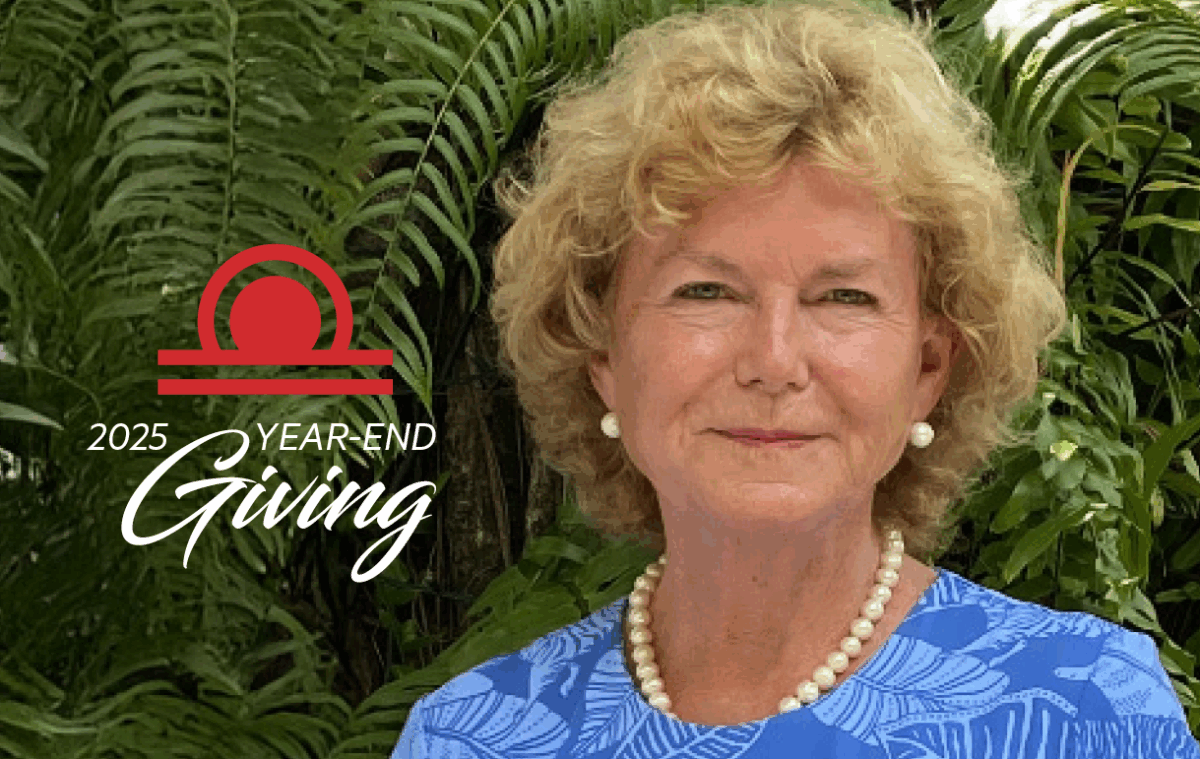
Because One Rupture
Is One Too Many
The Brain Aneurysm Foundation is dedicated to early diagnosis, advancing critical research, and saving lives through education and awareness.
The Facts
-

1 in 50 people in the U.S. has an unruptured brain aneurysm
-

A brain aneurysm ruptures every 18 minutes
-
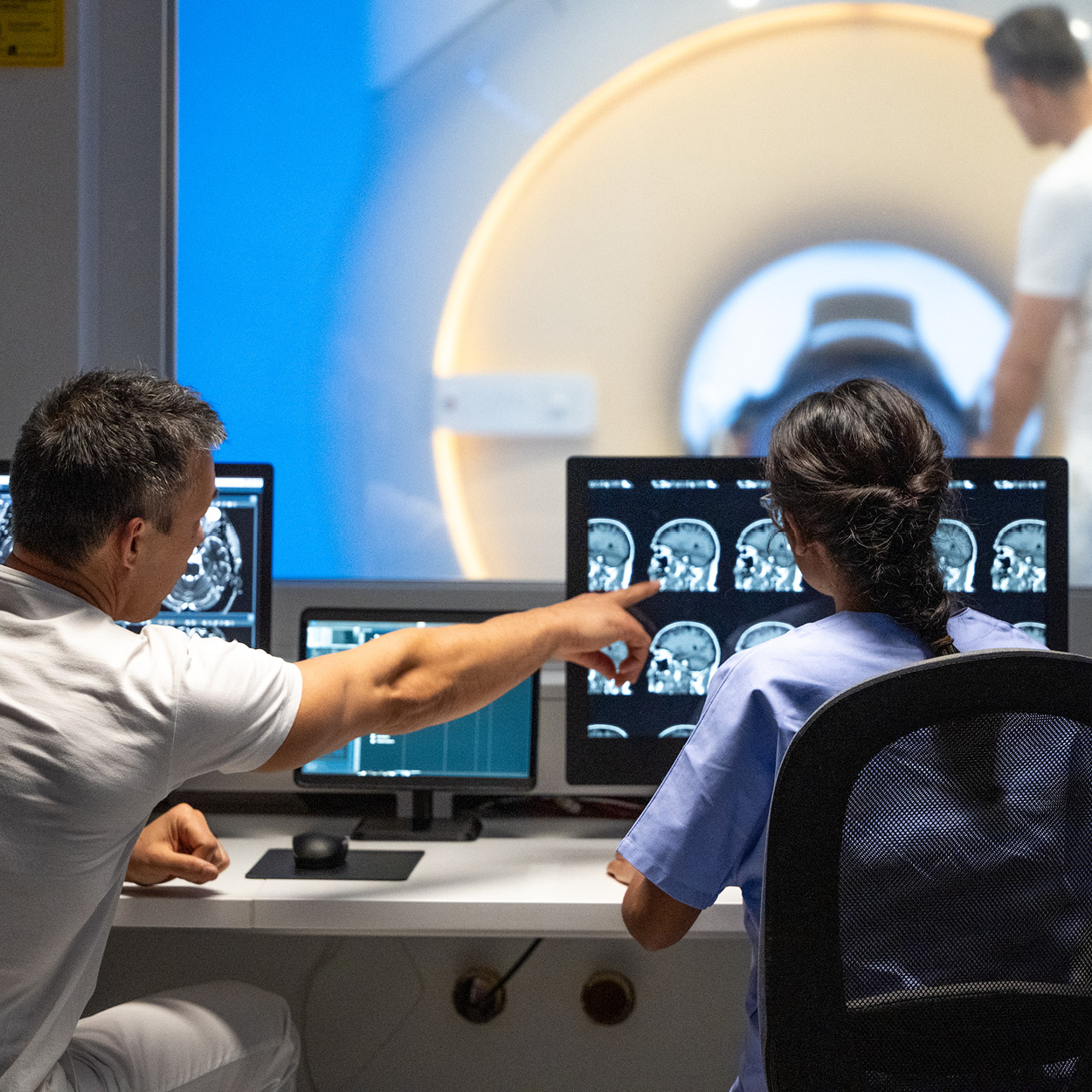
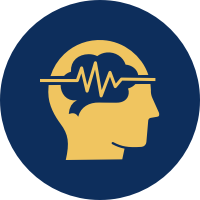
Early detection is critical as most brain aneurysms are treatable
-

The federal government spends only $2.94 per year on brain aneurysm research for each person afflicted
Our Impact
| The Brain Aneurysm Foundation is the leading advocacy organization supporting education, research, and policy to transform the treatment of brain aneurysms. Funds raised are used for disease awareness efforts and grants that provide support to academic researchers studying the underlying biology of aneurysms or developing new treatment methods. Grantees include leading academic researchers whose work includes efforts to develop biomarkers to better predict and develop potential therapeutics for aneurysms, understand the impact of genetics on rupture outcomes, and create new device technology, drug delivery and robotic approaches to evolve treatment. The BAF has committed nearly $6 million to fund dozens of research efforts in the U.S. and Canada. |
-
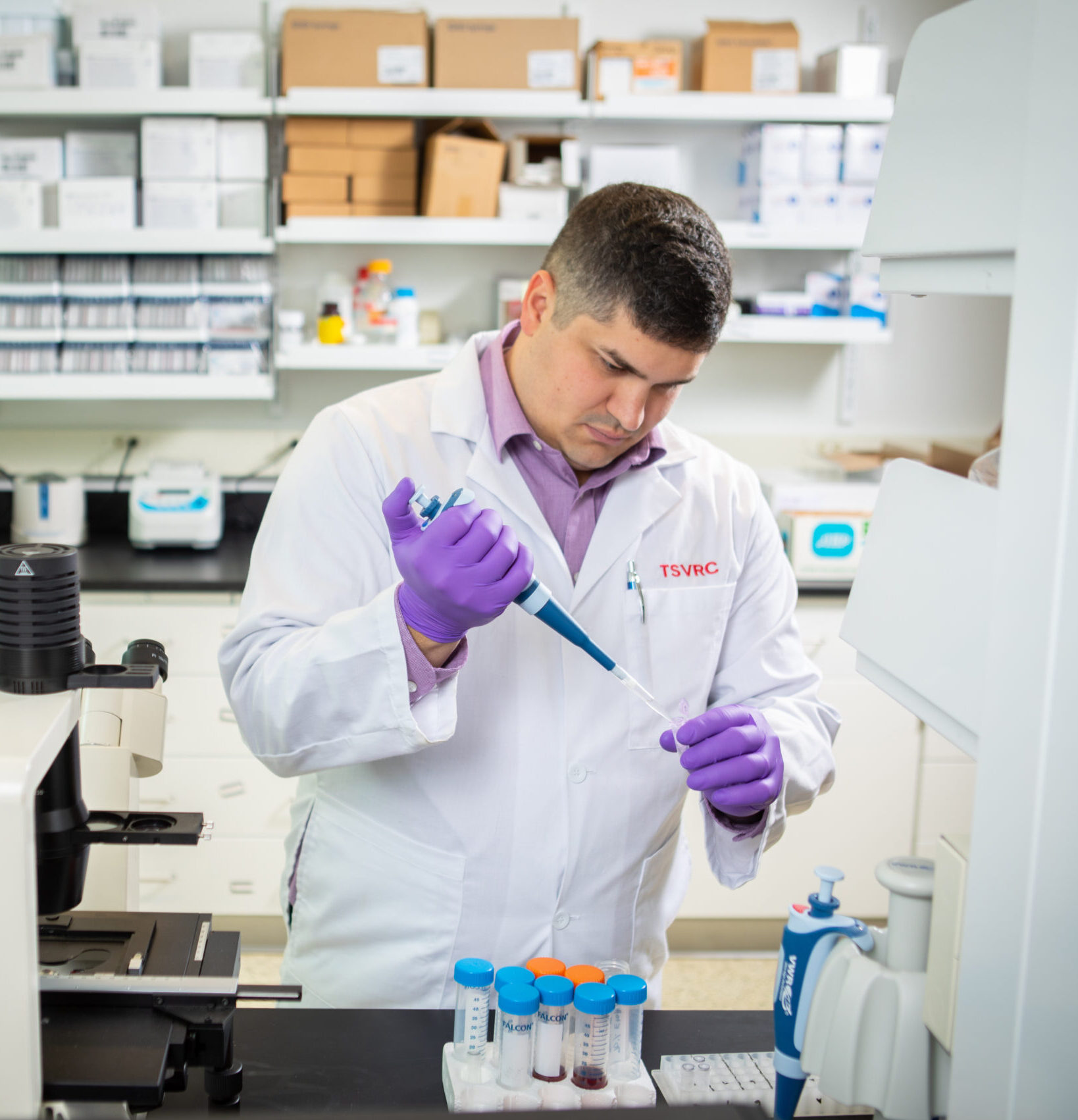
Nearly $6 million
has been funded by the BAF since the inception of our research grant program in 2007
Discover The Program -
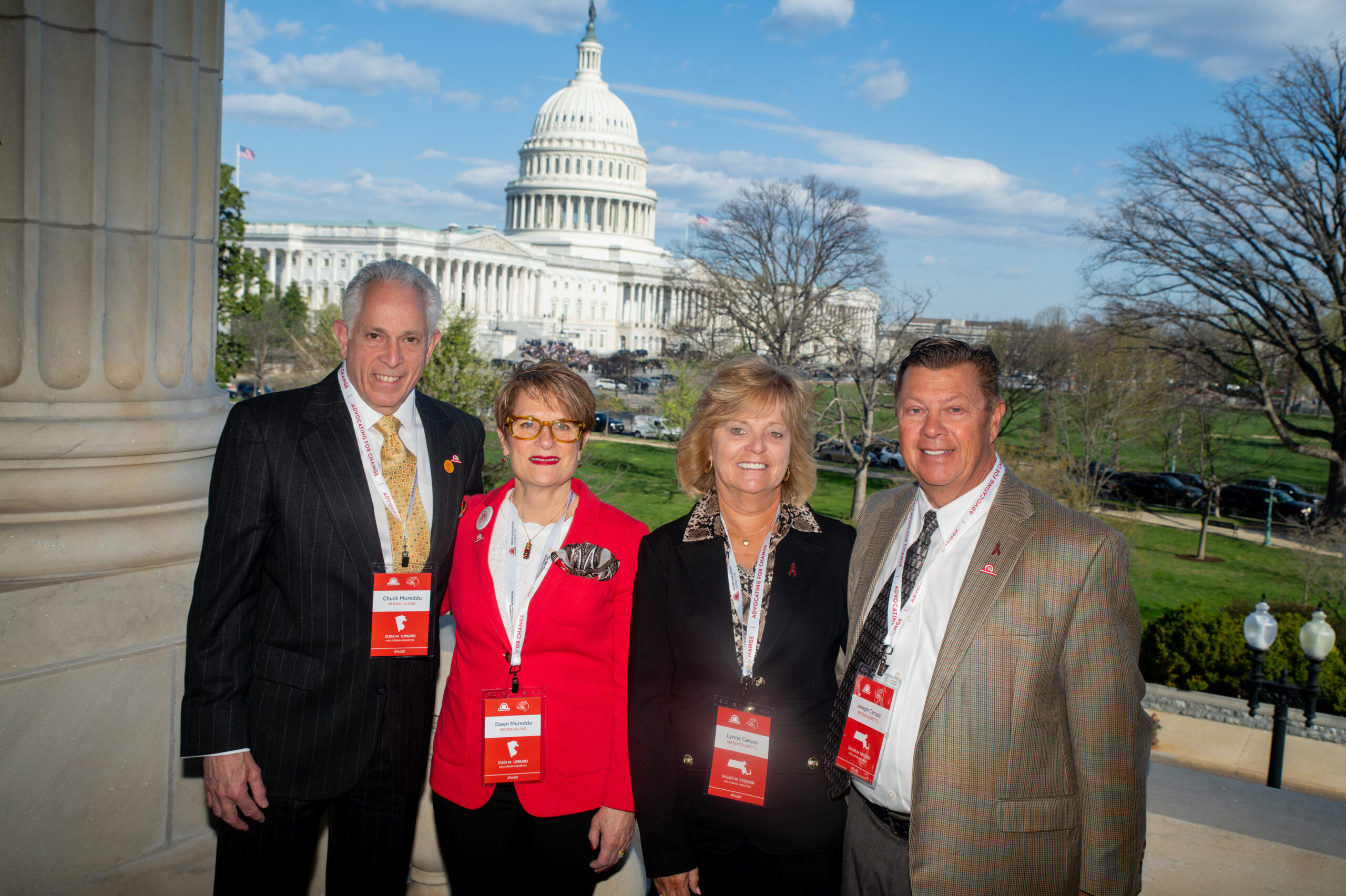
We advocate on Capitol Hill
to seek greater brain aneurysm specific research funding through NIH
Learn More
Take Action
Donate
| Your donation to the Brain Aneurysm Foundation goes directly to critical research efforts focused on reducing the incidence of brain aneurysm ruptures, to create new diagnostics to better prevent ruptures and interventions to transform treatment. Funds are also used to support our education initiatives as we work to advance awareness of the signs of brain aneurysms amongst those at risk, as well as providers and emergency responders. |
Support Groups
| A critical resource for the recovery journey of patients and families. |


 Brain Aneurysm Foundation
Brain Aneurysm Foundation 
